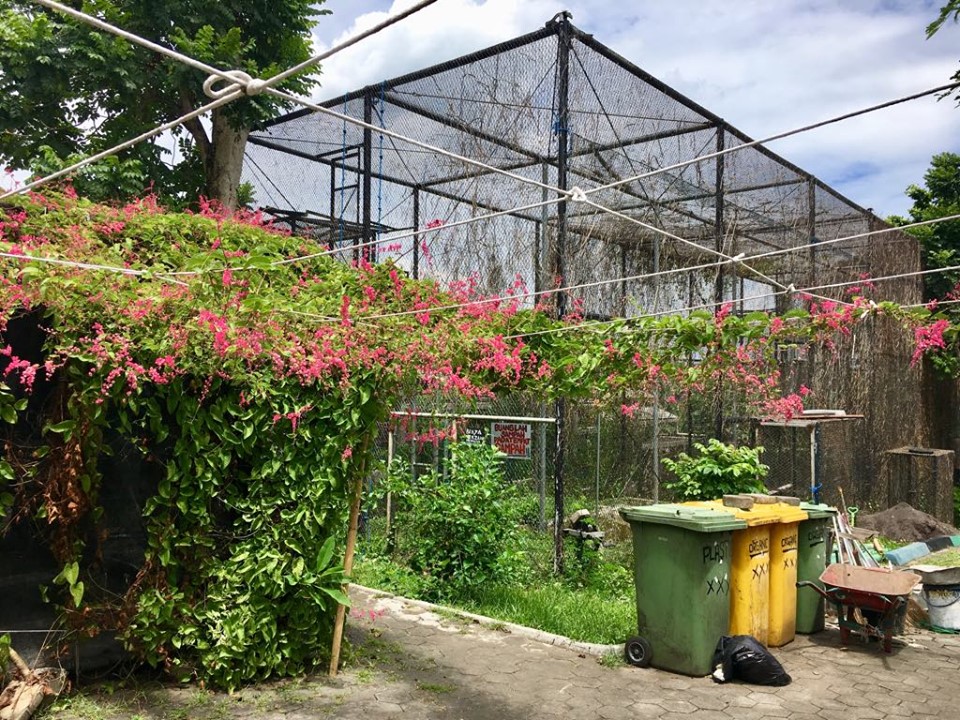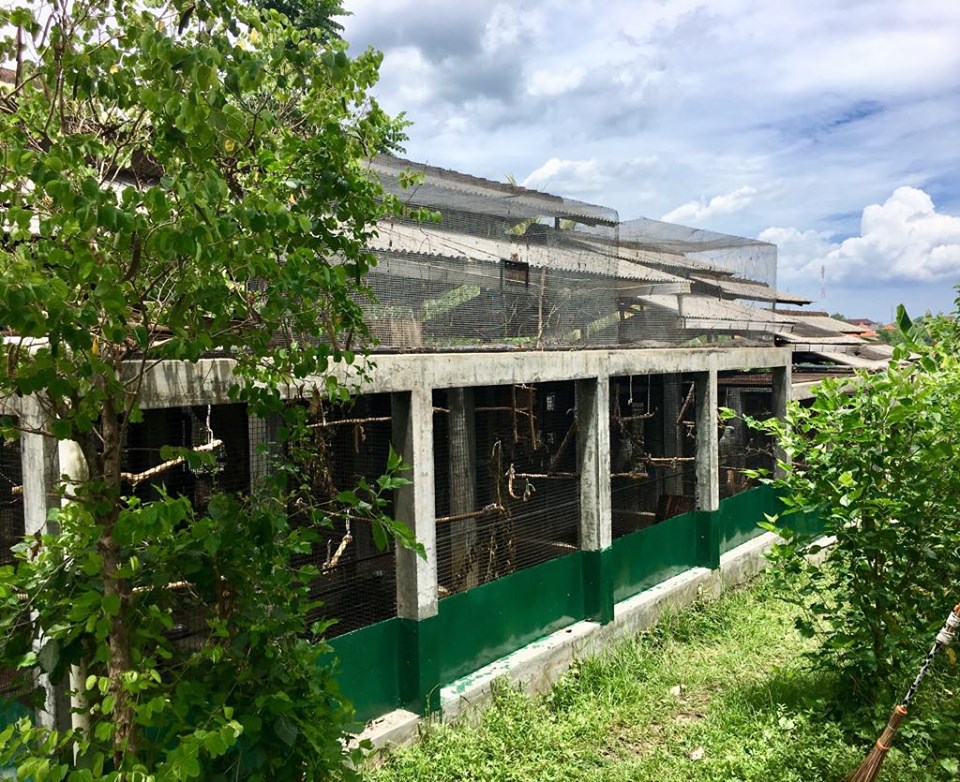When traveling, one of the things that is important for us, is to give back to the country we visit. Small gestures that we take in everyday life. So when we came across this project, we signed up without even thinking twice. The goal: become a volunteer for a day at a wildlife rehabilitation center in Bali. The animals found here were mainly brought there by the government after they were seized from poachers who wanted to sell them on the black market or from people who had bought and illegally owned them. There are mainly birds, monkeys and reptiles such as snakes and crocodiles. Often in bad shape when they arrive at the Bali Wildlife Rescue Center, these animals are fortunate enough to be able to find here a team that is working very hard, with the very poor financial means at their disposal, to put them back on their feet so that ‘they can regain their freedom as quickly as possible. Unfortunately, in some cases, given their condition, they can never return to the wild. They will then live for the rest of their lives in the center where everything will be put in place in order to make their life as comfortable as possible. You should know that in Indonesia, respect for life is of paramount importance. Euthanasia will therefore never be considered for an animal that can be saved and every effort will be made to help it.
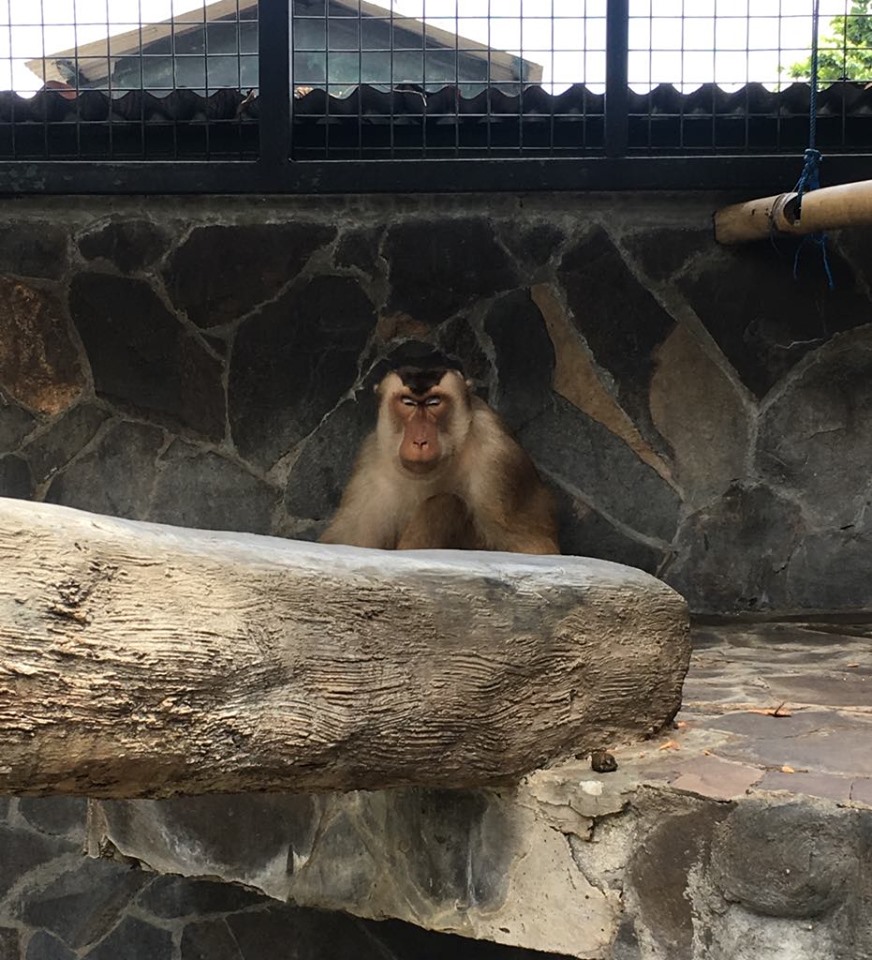
As the financial means of the organization are extremely limited and the staff who work there definitely do it more out of passion than for salary, they set up an original project to obtain both funding and help: a volunteer project. Via Airbnb or their website, it is possible to register for a day, a week or even a month and to go and volunteer on site. The cost is less than $ 25 Canadian for a day (without accommodation) and $ 200 for a week (including very basic accommodation, however). Many people may find it odd to pay to go volunteer, but the experience is well worth it and this idea of funding has the merit of being very original.
In the next lines, I invite you to live with us, our experience of the day.
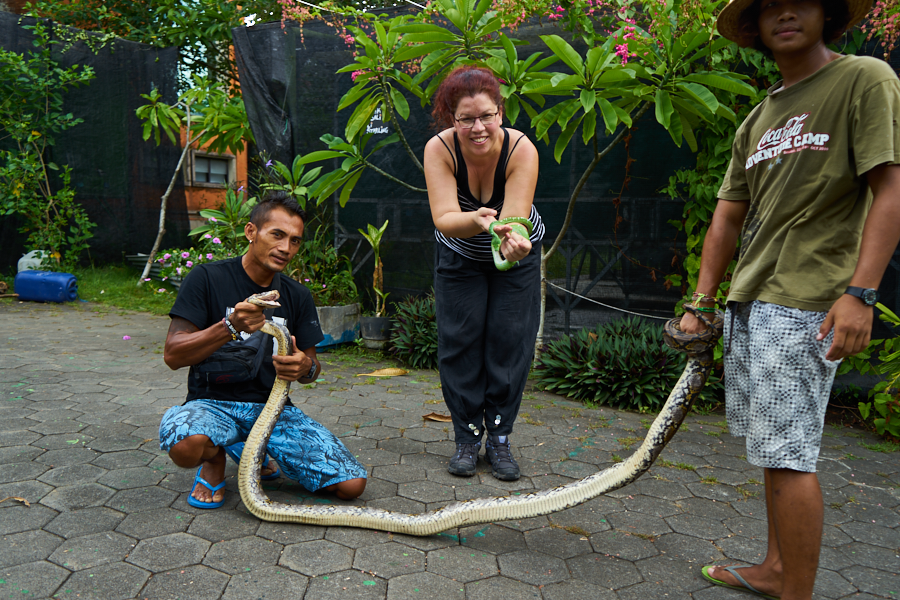
Arrived at the site around 8.15 am, we were immediately amazed by the sight of a huge aviary filled with strange birds, which we had never seen. It looks like a mixture between a toucan and a vulture and they are huge. We will learn later that these are scalloped hornbills, a vulnerable species. A little further in the center, we will meet a smaller variety of hornbills, the hornbills. Thanks to the care of the team, 10 of them were reintroduced into the wild a few days after our visit to the refuge. They now live in complete freedom in a wildlife reserve on Borneo Island where the hornbill population is particularly vulnerable. Thanks to this, the refuge hopes to help save the species. Their transfer to the island will have cost $ 1,900 Canadian, a huge sum for the shelter. That’s what our tiny monetary contribution to the refuge would have been for.
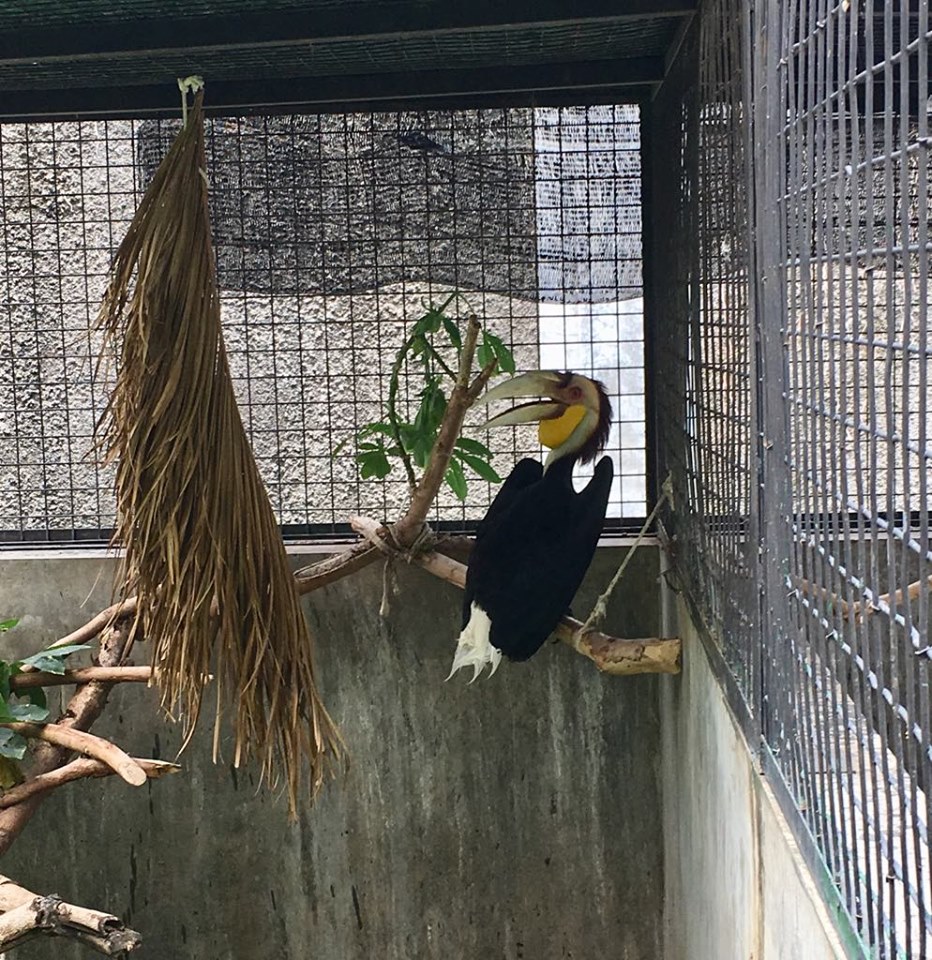
As soon as we arrive, we put our hands in the dough. It’s time to prepare the meal for all the residents of the center. We prepare tons of fruits and vegetables for vegetarians and David will be responsible for feeding the eagles with live fish and chicks (poor little animals … I prefer vegetarian animals hi! Hi!). Some animals like crocodiles only eat once a week so we won’t have to take care of them today. Then, we go to meet all the local animals to give them their meal. First stop for me: the monkeys! One of them is so hungry that he closes the hatch every time I drop a piece of fruit to pick it up immediately. Yes, the animals are in cages. They are offered toys and activities, all the food they need, but remember that when they arrive here, they are often in very poor condition and therefore need to be isolated from each other to heal and regain strength. Birds live in more or less large aviaries depending on the species and their reality. If they are group birds, as soon as possible, they will be allowed to join other birds of the same species as them who also live in the refuge.


While I take care of the monkeys, David will feed the adorable sun bear that lives here and that I will have the chance to pet later today. In the afternoon, we will also discover another of the refuge’s mammals, the binturong or cat-bear.
After mammals, it’s time to feed birds and slow lorises (tse, little critters with big eyes?). In addition to the hornbills, the refuge hosts parrots, cockatoos, several kinds of eagles, a mini owl that I would have liked to hi! hi !, and several other local birds. We will then have to enter each of the aviaries, clean them up and give their fruit rations to each. Some will come and look for them in my hands. Many of the cockatoos that live here have had their feathers trimmed to keep them from flying away (which is what parrot owners do). If the work has been done “correctly”, the birds will be able to resume their freedom as soon as the feathers have grown back and have regained their strength, but in some cases, the bird has been so injured that it will not be able to never fly again and will have to stay here. One of the parrots likes to talk. He will spend his time shouting to me sounding sentences like ‘’ Bangkok, nacho mucho ’’ even if I suspect that this is not what he is saying hi! hi!
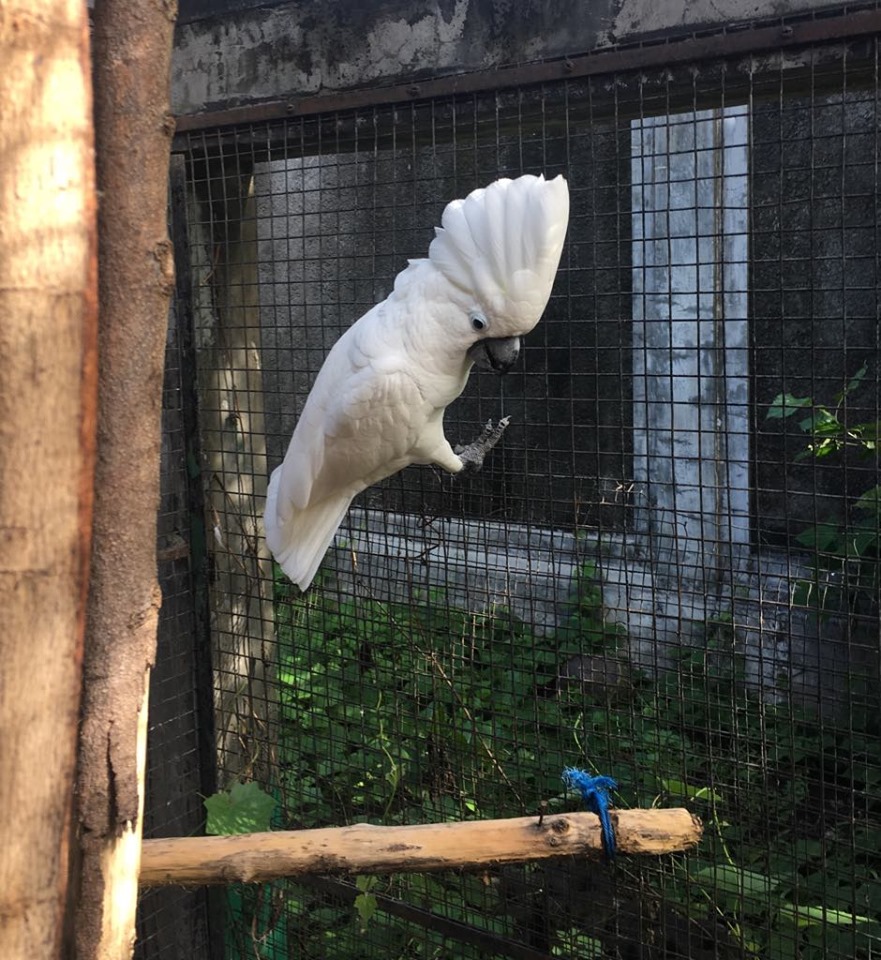
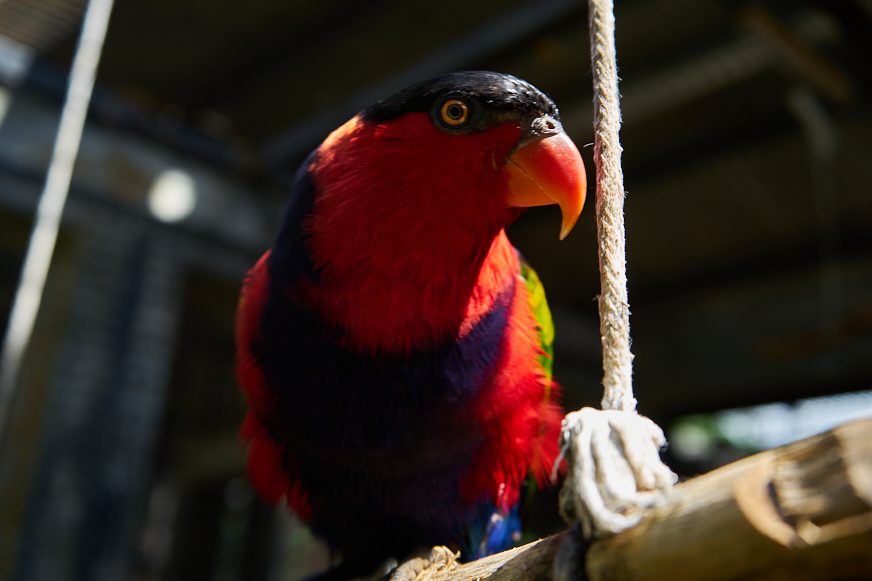

After this rather fun work, it’s time for an interview. We clean the site and the kitchen, we paint one of the cages, we assist the veterinarian and the bird specialist in the transfer of birds from one cage to another and vaccines and care for animals that need them, we assist the felling of a tree to create new toys, and perches, for the animals in the center, etc. We will have a 2 hour break between 12 noon and 2pm, the temperature being so intense that people are not working at the moment, but otherwise we will not have time to get bored. During the break, I will meet the snakes in the center, including a harmless little green python that will allow me to overcome one of my great fears by allowing me to take the time to clean its cage. Despite his wounds inflicted by a cruel master, he will most likely have the chance to regain his freedom. Unfortunately, it will not be the luck of the enormous python that repeated mistreatment by its former owner has, among other things, made him blind. And more, he has no more fangs. The center will try to offer him the best possible life even if for the moment, he is very aggressive given his great fear of humans. I will also have the chance to spend a magic moment with a little monkey who will pass his hand through the bars to hold mine. Poor coconut! I hope he will be strong enough soon to return to his family.
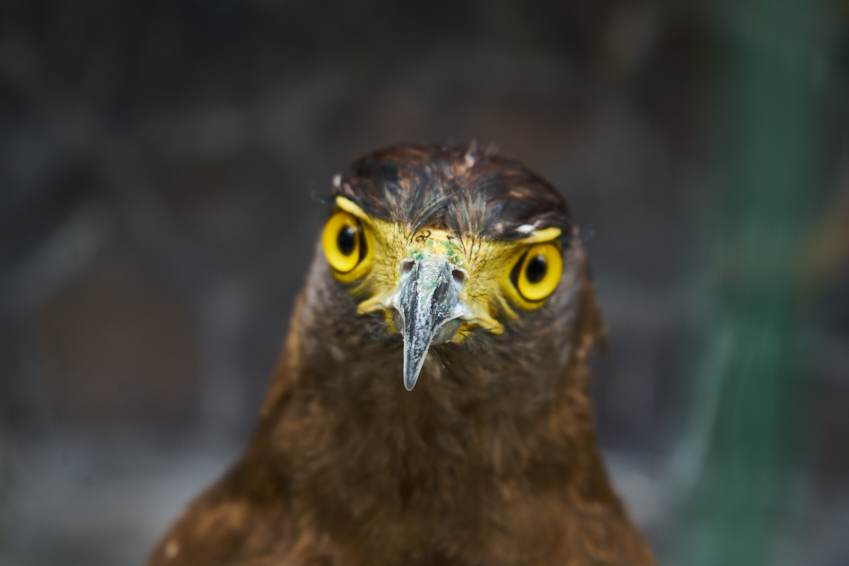
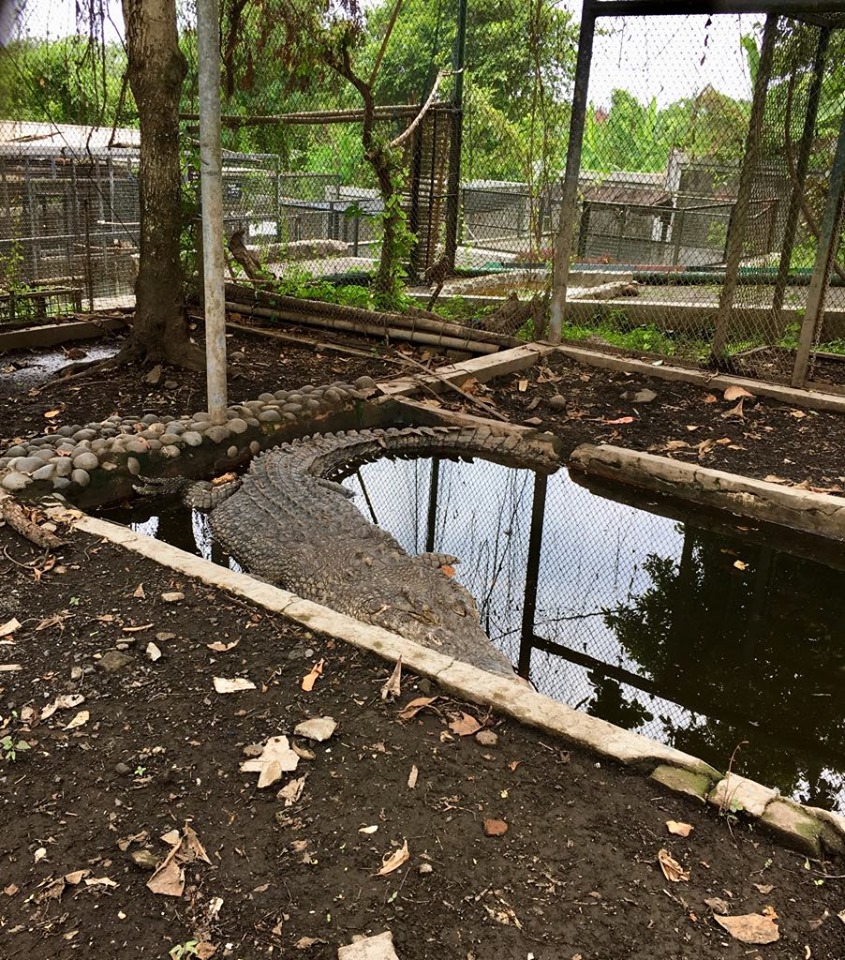
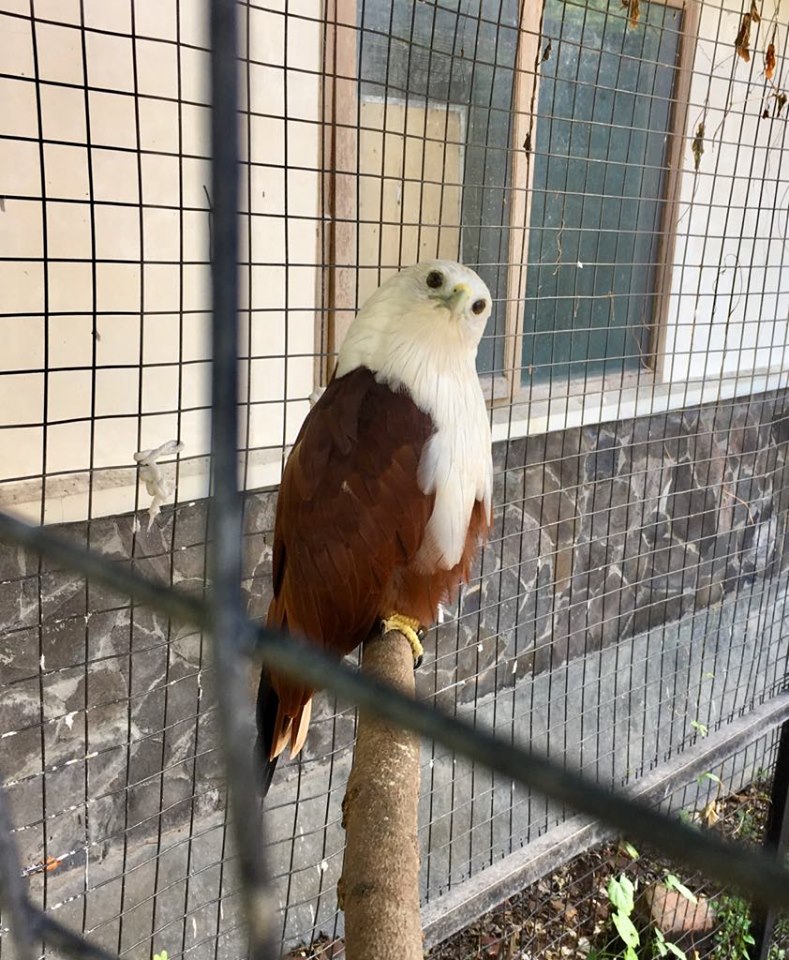
As soon as the break is over, it’s time to go back to the kitchens to prepare the meals for the 84 residents of the moment, then, once again, we go and feed them and make sure they have enough water and that they are safe for the night. After this second tour, it will already be the end of our experience. Exhausted by the heat and the work of the day, we will leave happy to have been able to help these animals and a team as great as these 4 people with whom we spent the day accompanied by another volunteer, Lara, a German woman passing through Bali like us. The shelter team has all our admiration and the passion they put into their work is really worth highlighting! They are extraordinary! If you ever want to live the experience, for more information or to make a donation, here is the site link: https://www.fnpf.org/ There are 5 such sites in Indonesia. The one we visited is the Bali Wildlife Rescue Center.
